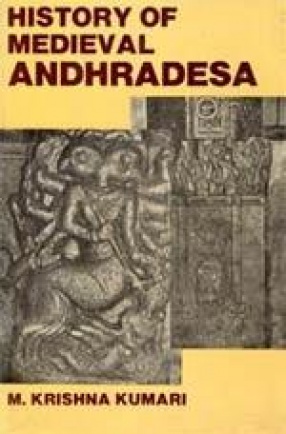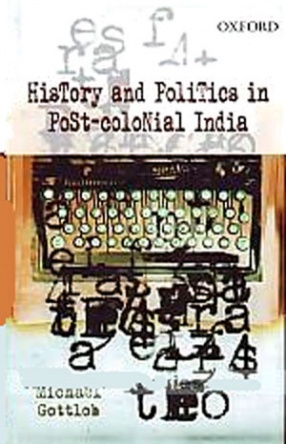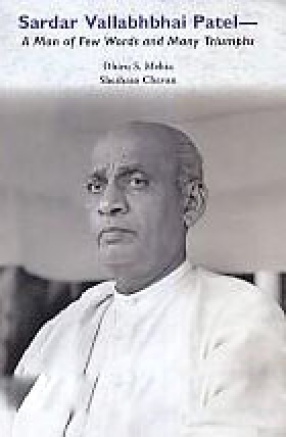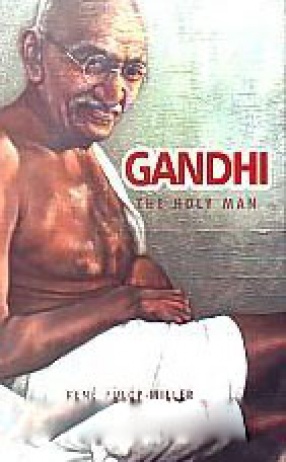A significant feature of the important study of medieval Andhra history is the close examination of contemporary epigraphical data relating to specific social and economic issues. The large number of stone and copper plate inscriptions of 11th and 12th centuries a.d. provide substantial material for the historians to make historical generalizations, which also allows for a range of historical interpretations. To avid arbitrariness of the arguments, particularly relating to the socio-economic aspects of history, it is desirable to subject the inscriptional data to statistical analysis. The author’s work illustrates the application of new methods of analysis to both iconographical and sculptural data, which throws light on the new facets of the past. The author assesses the varied views of the early historians on the problems of viceroyalty in the Vengi region, succession to the Chola throne, political system, historicity of Rajadhiraja of the Draksharama inscriptions, the land transactions and role of the mahajana organizations by a thorough examination of the epigraphical evidence. The essays included in the volume bring to light for the first time, either new epigraphical sources, or a fresh survey and new interpretation for the already known sources that are not studied critically so far. The book based on the sculptural and monumental data brings to light the new evidence of the construction of moments by the Valanati Cholas and the Eastern Gangas. A New approach has been made in studying the images of Bhimesvara temple at Samalkot.
Kameswara Temple at Gallavalli
$27.00
$30.00






There are no reviews yet.